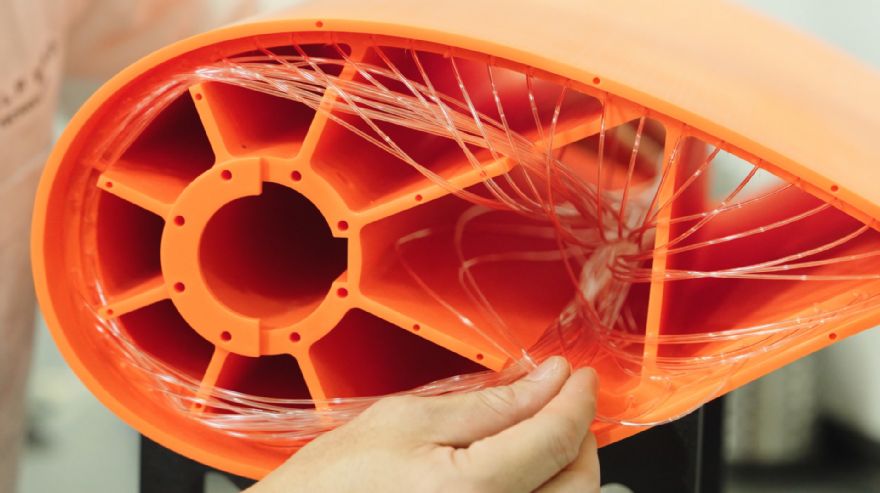 Stratasys Ltd
Stratasys Ltd has announced that
Gulf Wind Technology, a US company that is advancing rotor design for wind turbines, is using Stratasys additive manufacturing (AM) solutions to enhance its ability to test and improve wind turbine models. Gulf Wind Technology says that by adopting Stratasys Neo stereolithography (SLA) technology, the company has dramatically reduced the design and fabrication cycle for wind tunnel models. James Martin, Gulf Wind’s CEO said what previously took 30 to 40 days to iterate and finalise a design can now be completed in just 3 to 4 days.
“The technology also allows for specialised features such as pressure taps for real-time airflow data, which are difficult or impossible to execute with conventional manufacturing methods. Moreover, by leveraging the Stratasys Neo SLA system we can generate far more data in a shorter time, enabling us to run our design process with more rigor, become more efficient, and take on business that we previously had to turn away. Additive manufacturing allows our engineers to design internal structures that we couldn’t achieve with traditional methods.”
Rich Garrity, Stratasys’ chief business unit officer, added: “Our work with Gulf Wind Technology demonstrates how manufacturers are adopting AM where it makes the most sense for their business. By leveraging its unique advantages, Gulf Wind Technology can rapidly prototype and test complex designs, greatly improving their efficiency and ability to innovate. This is a perfect example of how 3-D printing is expanding its place on the manufacturing floor alongside traditional methods.
“Inspired by the use of 3-D printing in Formula One racing, Gulf Wind’s engineers recognized the potential for rapid iteration and optimization in wind turbine design. With Stratasys’ solutions, they can test aerofoil shapes and rotor designs faster than ever, allowing them to maximise wind energy efficiency for applications in the Gulf of Mexico.”